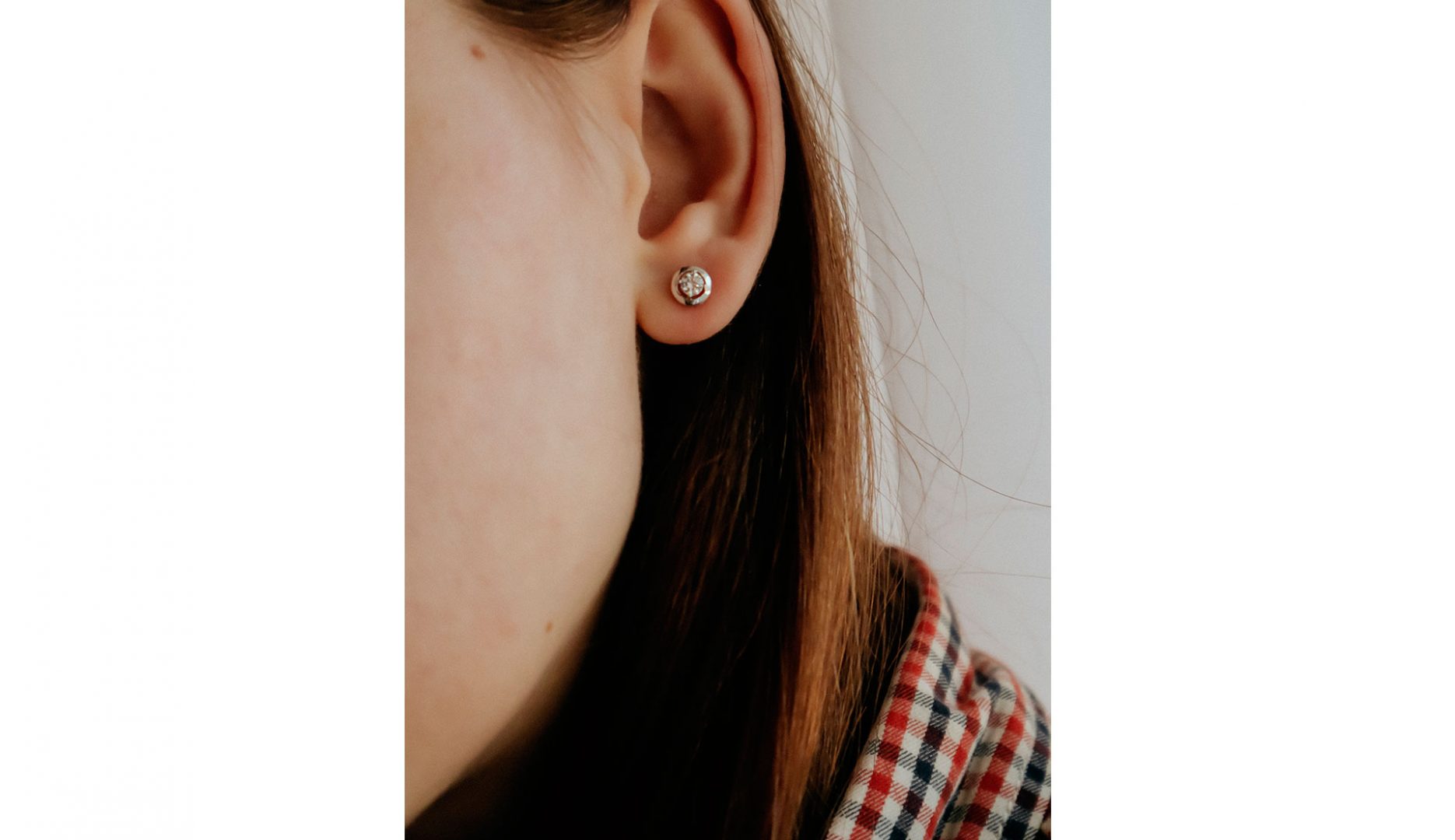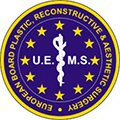
WHAT IS AN OTOPLASTY?
Otoplasty is an intervention that allows you to correct alterations in the shape of the ears, such as prominent ears.
Prominent ears are a congenital malformation that affects approximately 5% of the world population. It affects both sexes equally, causing the ears to be too far from the skull.
WHO IS A GOOD CANDIDATE FOR THE INTERVENTION?
This surgical intervention is indicated for people who are not happy with the shape of their ears and want to feel better about themselves.
It is one of the few interventions that is carried out on minors. It is assumed that around 6 years the development of the ears has been completed, and this intervention can be carried out from this age.
WHAT IS VALUED ON THE FIRST VISIT?
The first visit is the main step for the patient who has considered the possibility of undergoing an otoplasty.
Some of the characteristics that are evaluated during the consultation are:
– Medical and surgical history.
– Regular medication.
– Shape of the ears, separately and comparing them.
WHAT SHOULD I TAKE INTO ACCOUNT BEFORE THE INTERVENTION? PREOPERATIVE RECOMMENDATIONS
There are a few considerations to keep in mind:
– Avoid certain medications that may complicate the intervention.
– Quit smoking for a period of time, before and after the intervention, since tobacco has been shown to worsen and hinder wound healing.
– Keep in mind that you will need some help after the intervention.
WHAT SHOULD I TAKE INTO ACCOUNT AFTER THE INTERVENTION? POSTOPERATIVE RECOMMENDATIONS
Some recommendations include:
– Avoid tobacco.
– Take the prescribed postoperative medication.
– Relative rest of one week.
– Use a compression band for a postoperative period of time.
HOW IS AN OTOPLASTY PERFORMED?
An incision is made in the back of the ear so that no visible postoperative scars remain. Through this incision, the shape of the cartilage is modified to a more harmonious one and according to each patient. Once the shape of the cartilage has been changed, the excess skin is removed and the wound is closed.
WHERE IS THIS INTERVENTION PRACTICED?
Otoplasty can be performed at the clinics or at the operating room. In adults the intervention is performed with local anaesthesia and light sedation, while in children it is usually done under general anaesthesia.
The intervention usually lasts an hour and a half, and patients can go home after a postoperative recovery period with a compressive bandage.
WHAT IS THE EVOLUTION AND POST-INTERVENTION CONTROLS?
Although each patient has their own particularities, the postoperative course contains phases common to all patients:
After the intervention
Some inflammation may appear in the ears, so a compressive bandage will be put on.
You will need to keep your head elevated for a few days.
You will need to wear a compressive band 24 hours a day for 7 days.
During the first week:
The stitches will be removed between 7 and 10 days after the intervention. Then the swelling in your ears will decrease and you will start to feel and look much better.
You will no longer have to wear the band during the day. You will have to put it on at night to sleep, though.
You may rejoin working life.
At 4 postoperative weeks:
You can stop using the band to sleep.
You will be able to start exercising gradually.
After several months
Over the months the scars will become almost invisible fine lines and the ears will take their final shape.
WHAT SHOULD I KNOW ABOUT THE RESULTS?
The definitive result should be evaluated after a period of 6 months to 1 year, so that the ears have completely deflated.
It is a very grateful surgery that lasts over time, with permanent results.



